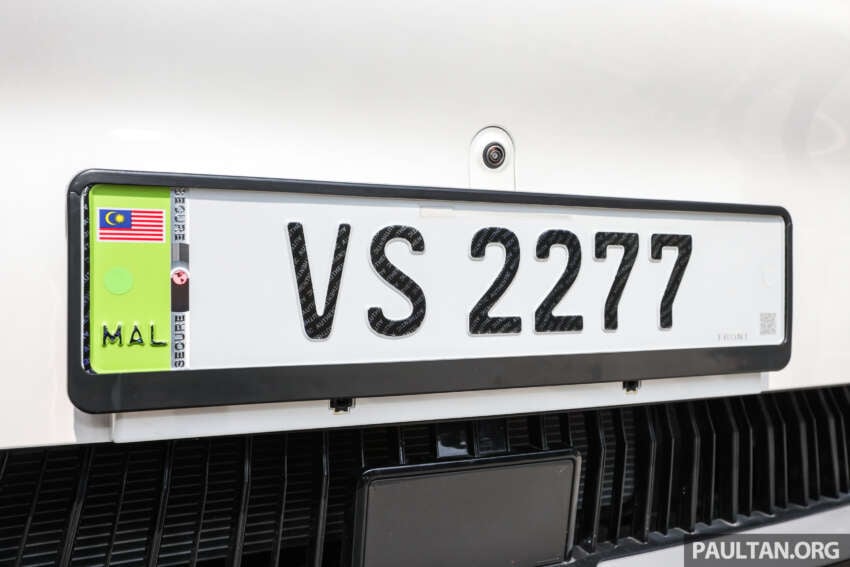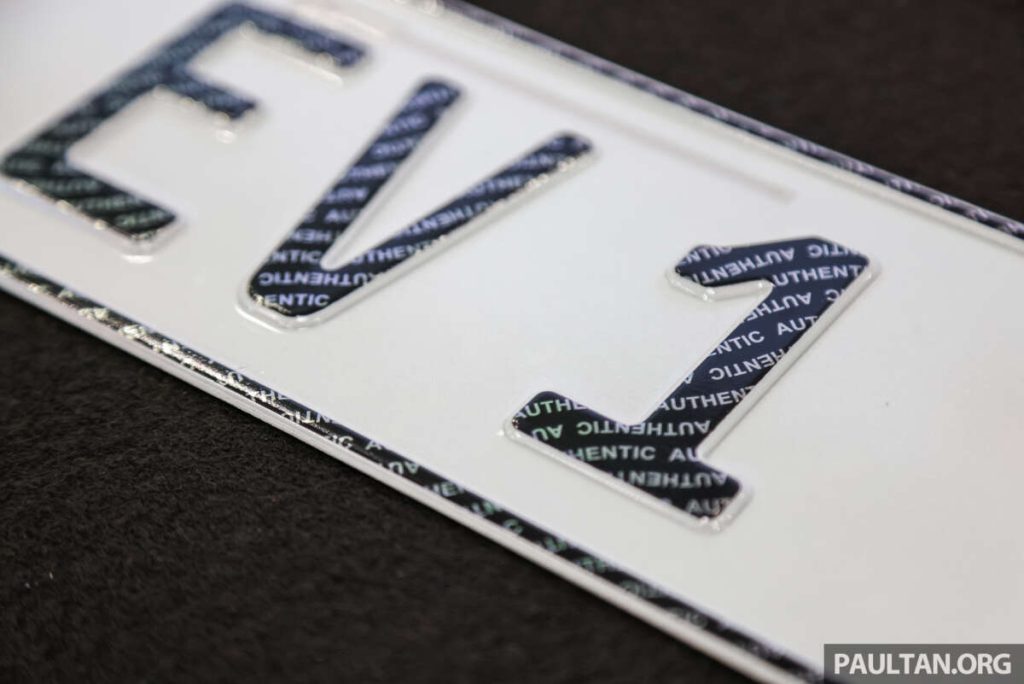Malaysia’s new JPJePlate number plate is more than just a design change, it represents a leap into the future of intelligent transportation. Introduced by the Transport Ministry, the JPJePlate features technology that supports integration with intelligent transportation systems (ITS), including possible payment solutions.
Beyond the European-style plate design lies a smart technology upgrade: built-in RFID for vehicle identification. Based on Paul Tan’s article, here’s how the RFID is implemented onto your JPJePlate and how it works:
Where Is the RFID Located on a JPJePlate?

Photo credits: paultan.org
The main RFID chip is embedded directly within the embossed aluminium number plate. This integration transforms the plate into a “large antenna,” allowing for enhanced signal transmission and better detection by RFID readers. The design ensures the RFID chip is both secure and functional without the need for external devices or stickers.
To ensure consistent detection, especially in cases where the plate might be obstructed or unreadable, a secondary RFID tag is also included. This backup tag is installed on the windscreen of the vehicle and serves as a redundancy feature to support the main RFID chip.
How Does the RFID System Work?
The RFID technology used in JPJePlate operates using ultra-high frequency (UHF) radio waves, within the range of 860 to 930 MHz. It is a passive RFID system, which means it does not require a power source to function. Instead, the chip only transmits data when it is actively scanned by an RFID reader.
This passive approach enhances durability and reliability while reducing maintenance needs, making it suitable for long-term vehicle identification use.
Additional Identification and Security Features

Photo credits: paultan.org
Apart from the RFID functionality, JPJePlates come with added layers of vehicle identification and protection. The alphanumeric characters on the plate are embossed and tamper-proof, which improves both visibility and physical security. Each plate also includes built-in holograms and adheres to security standards comparable to international passports.
Additionally, the use of a standardised font and uniform design enhances accuracy in automated number plate recognition (ANPR) systems, eliminating issues caused by custom or stylised plates.
Ownership and Cost Information

Photo credits: paultan.org
A JPJePlate is tied specifically to the vehicle it is registered with and is currently priced at RM98. If you decide to transfer ownership of the vehicle, a new plate will need to be issued, which may incur additional cost.
While JPJePlate has not yet been confirmed for toll payment purposes, its built-in RFID system aligns with Malaysia’s future vision of multi-lane free flow (MLFF) tolling and more seamless intelligent transport services.
Where to Go Next?
Looking to refuel or take a break on your journey? Make your drive even more convenient by locating the nearest BHPetrol station. Whether you’re topping up on fuel, grabbing a quick snack, or just need a reliable stop along the way, BHPetrol has you covered.





